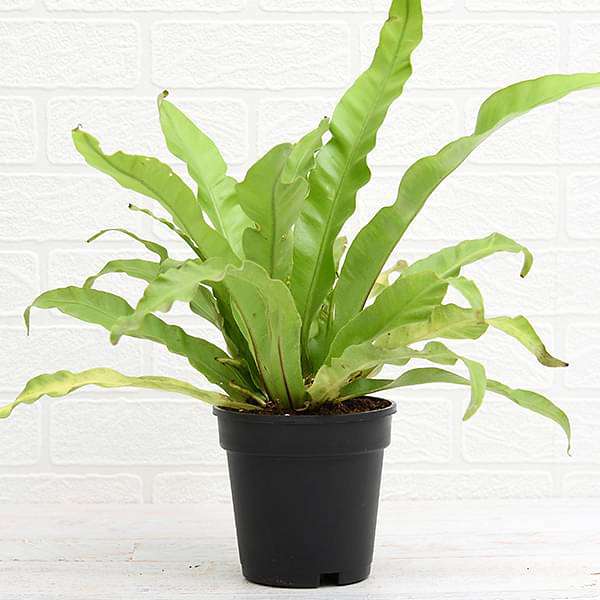
Bird Nest Fern, Asplenium nidus - Plant
(MRP Inclusive of all taxes)
- Shipping ₹79 for entire order
- Dispatch in 7 days
- Country of origin: India

(MRP Inclusive of all taxes)
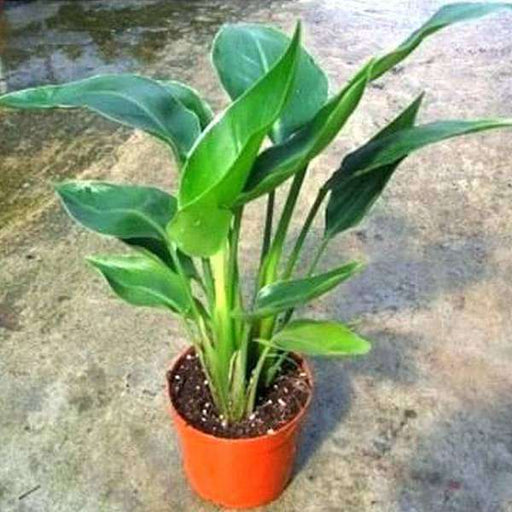
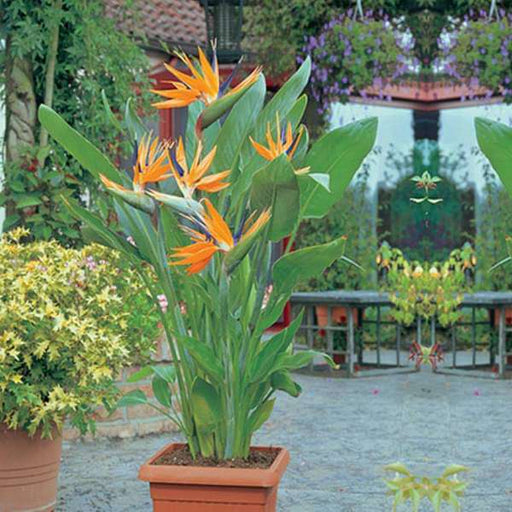 Save 14%
Save 14%
Bird of Paradise - Plant The Bird of Paradise (Strelitzia reginae) is a stunning tropical plant known for its striking, bird-like flowers ...
View full details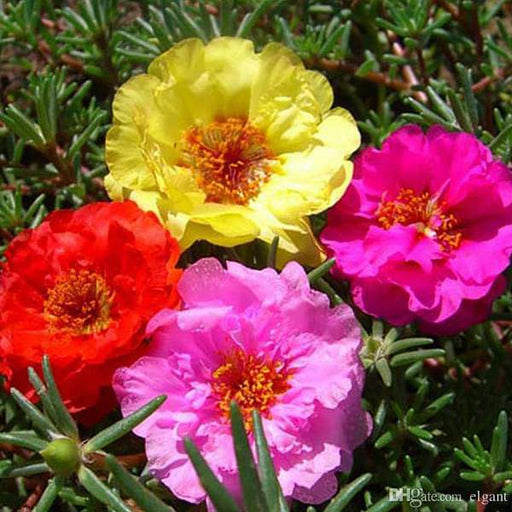 Save 17%
Save 17%
Portulaca, 9 O'Clock (Any Color) - Plant The Portulaca, commonly known as 9 O'Clock, is a vibrant, succulent flowering plant that thrives ...
View full details
 Save up to 20%
Save up to 20%
Money Plant, Scindapsus (Green) - Plant The Money Plant, scientifically known as Scindapsus aureus, is a popular houseplant celebrated for its lus...
View full details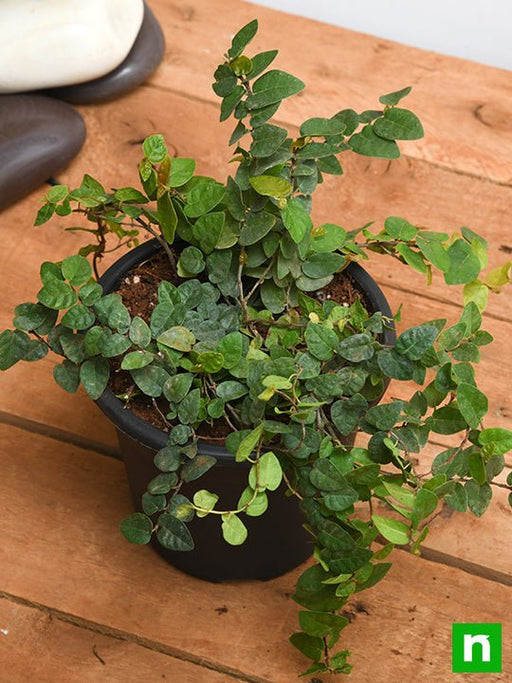
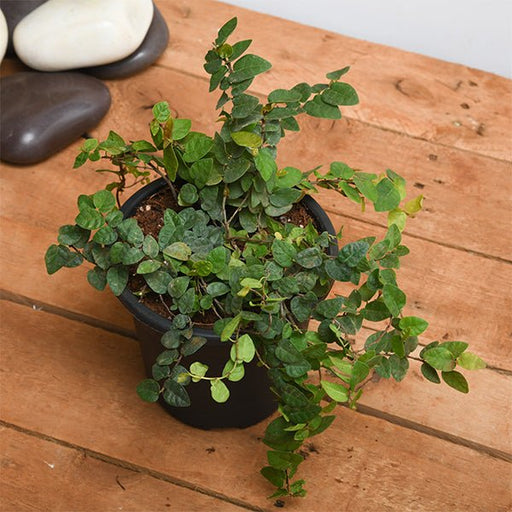 Save 26%
Save 26%
Creeping Fig Plant, Ficus pumila The Creeping Fig, scientifically known as Ficus pumila, is a versatile and resilient climbing plant nativ...
View full details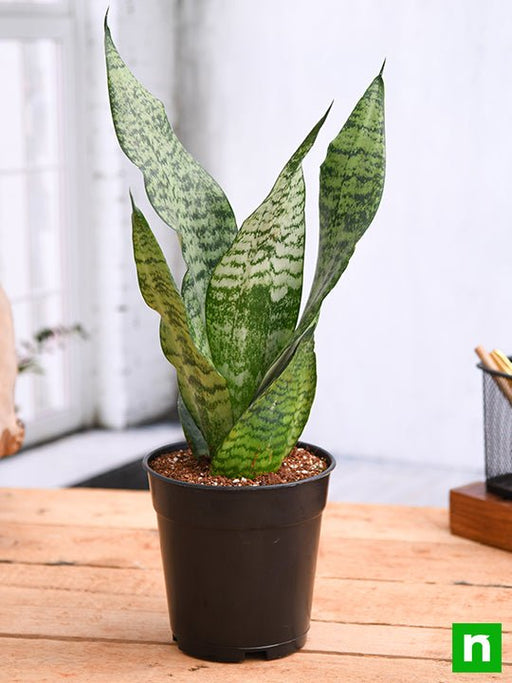
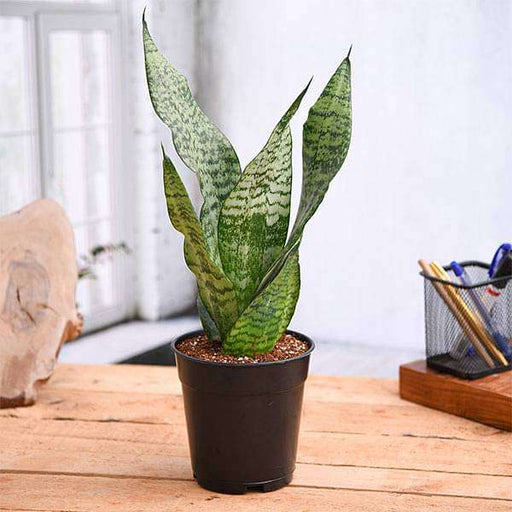 Save 23%
Save 23%
Snake Plant (Sansevieria trifasciata, Sansevieria zeylanica) The Snake Plant, scientifically known as Sansevieria trifasciata and Sansevie...
View full details
 Save 25%
Save 25%
Chuimui, Touch Me Not Plant, Mimosa pudica The Chuimui, or Touch Me Not Plant (Mimosa pudica), is a fascinating perennial herb known for i...
View full details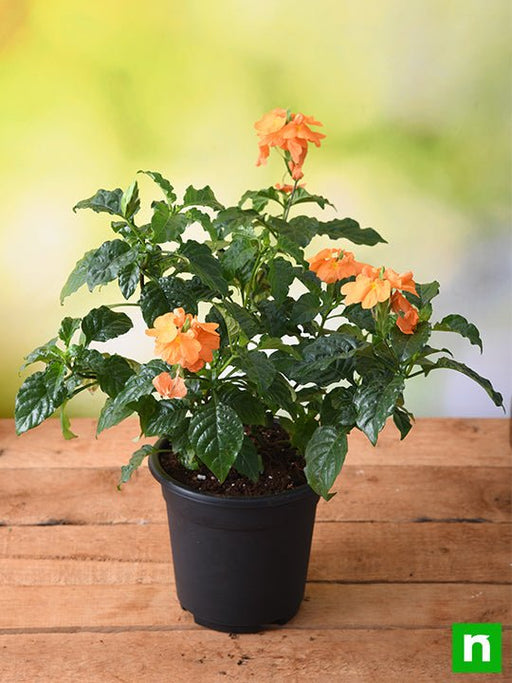
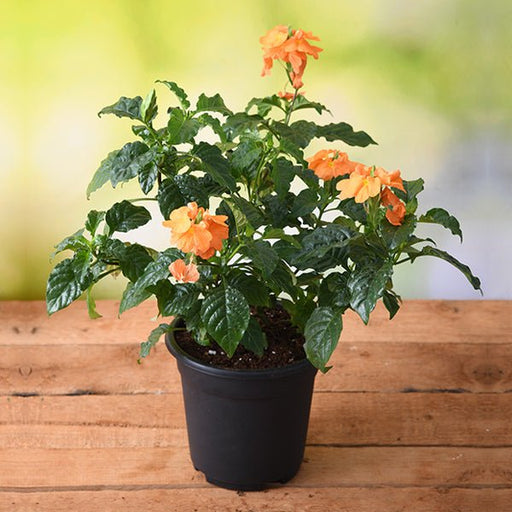 Save 17%
Save 17%
Abuli, Firecracker Flower - Plant The Abuli, commonly known as the Firecracker Flower, is a stunning tropical plant renowned for its vibra...
View full details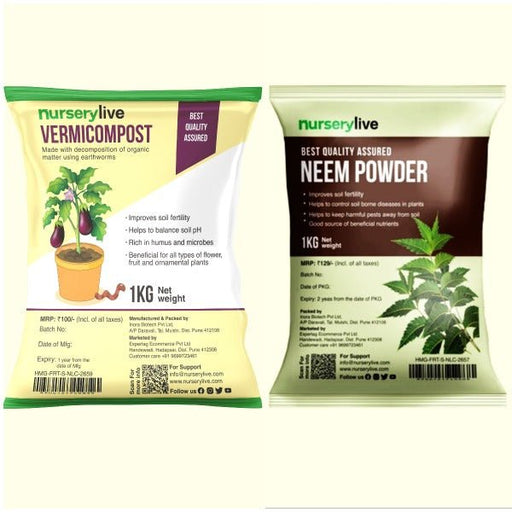 Save 15%
Save 15%
Pack of Vermicompost and Neem Cake for House Plants Transform your indoor garden with our premium Pack of Vermicompost and Neem Cake, spec...
View full details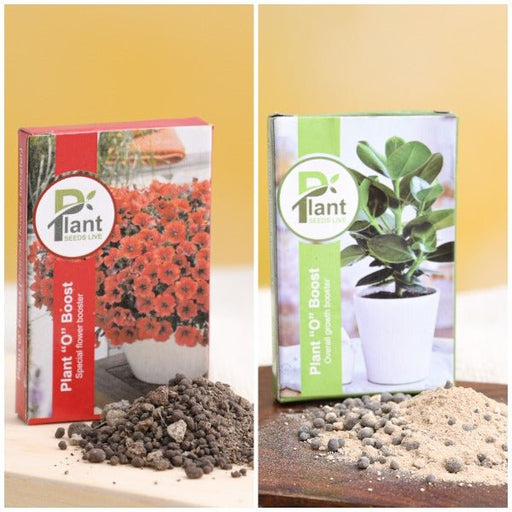
Pack of Plant Growth and Flower Boosters Unlock the full potential of your garden with our Pack of Plant Growth and Flower Boosters! This ...
View full details Save 38%
Save 38%
Combo of Jeevamrut and Neem Raksha for Easy Growth and Protection of Houseplants Transform your indoor garden with our exclusive combo of ...
View full details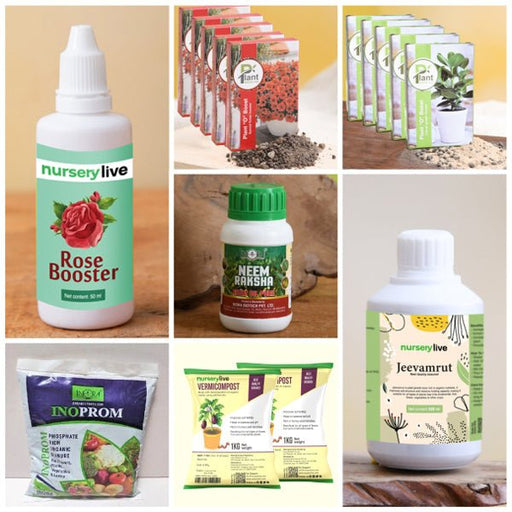 Save 22%
Save 22%
Plant Nutrients Kit (Pack of 16) for a Healthy Garden Transform your garden into a lush paradise with our Plant Nutrients Kit, featuring 1...
View full details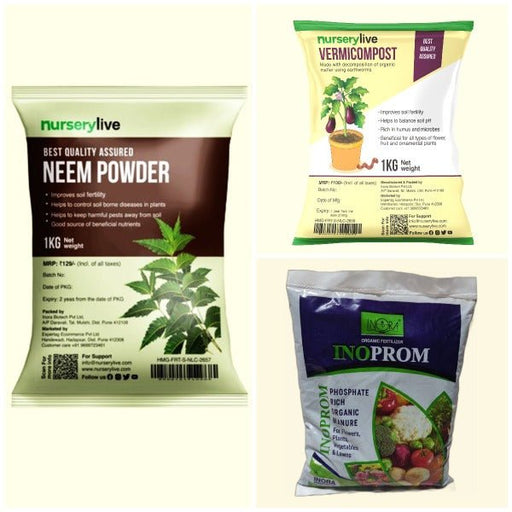 Save 16%
Save 16%
Combo of Top Plant Fertilizers Elevate your gardening game with our exclusive Combo of Top Plant Fertilizers, featuring two bags of premiu...
View full details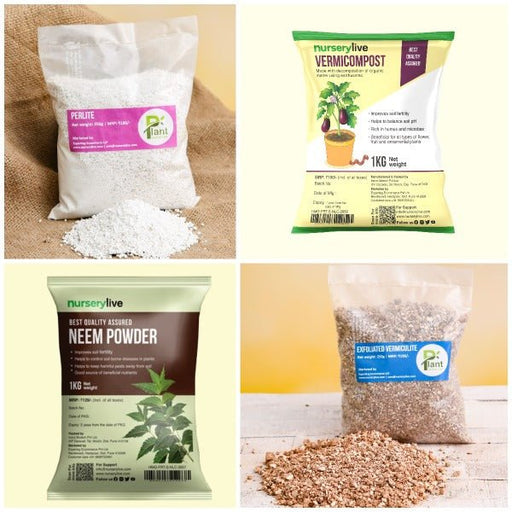 Save 24%
Save 24%
Pack of 4 Additives to Make Soil Healthy and Nutrient Rich Transform your garden into a thriving ecosystem with our Pack of 4 Additives de...
View full details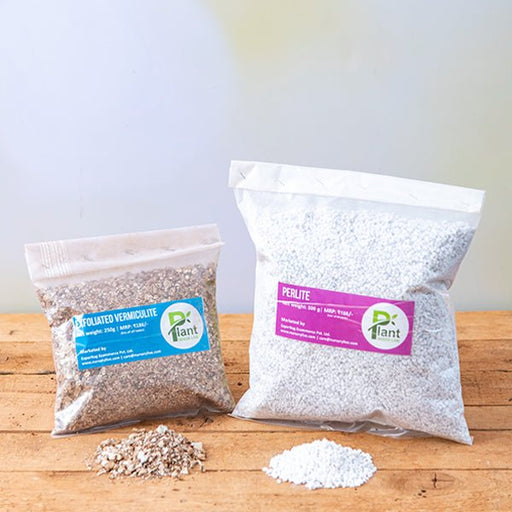 Save 30%
Save 30%
Transform your gardening experience with our premium Combo of Perlite and Vermiculite. This unique blend is designed to enhance soil aeration and ...
View full details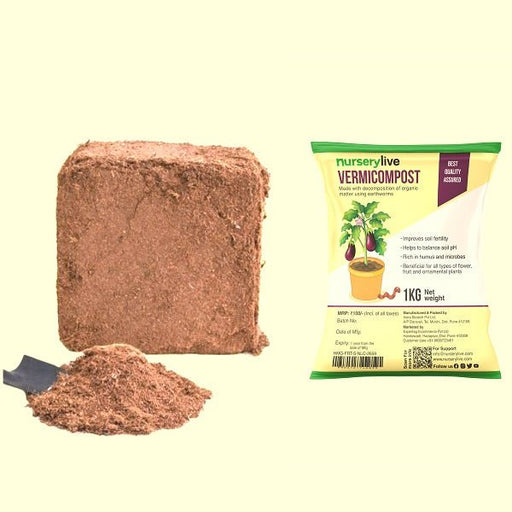 Save 27%
Save 27%
Combo of 2 Vermicompost and Cocopeat - Enrich Your Soil Naturally! Transform your garden into a thriving ecosystem with our Combo of 2 Ver...
View full details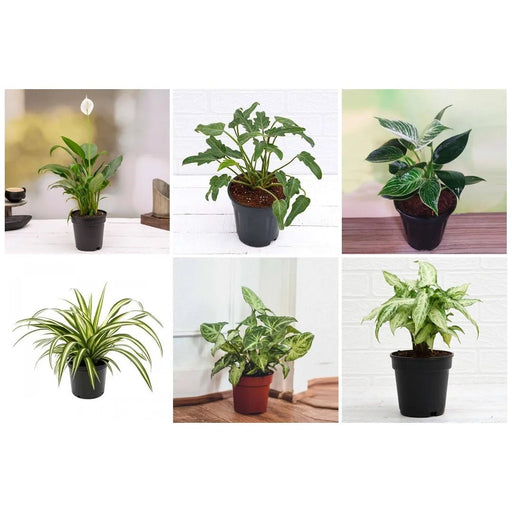
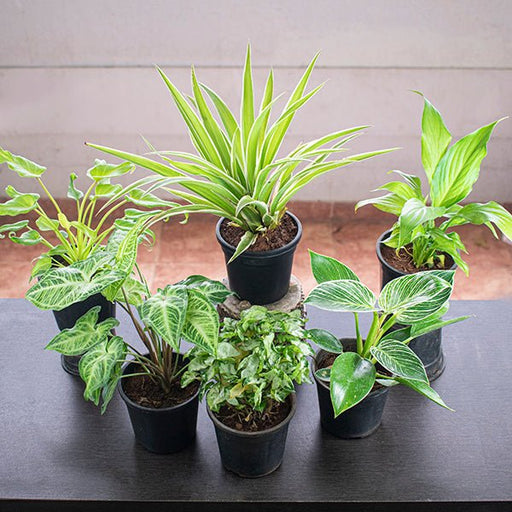 Save 35%
Save 35%
Best 6 Plants for Perfect Indoor Garden Transform your living space into a lush oasis with our curated collection of the Best 6 Plants for a...
View full details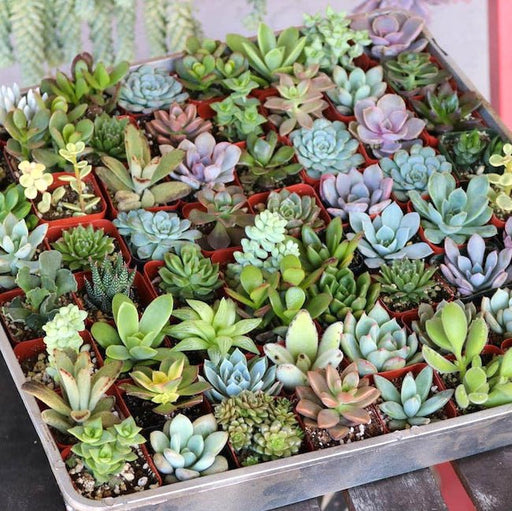
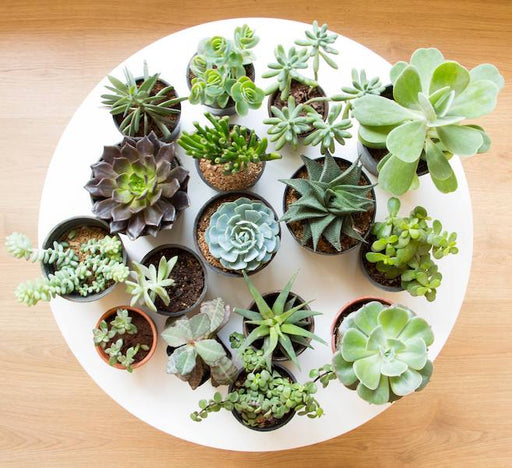 Save up to 50%
Save up to 50%
Mini Succulent Garden Pack Transform your space with our Mini Succulent Garden Pack, featuring a delightful collection of 4 any variety beautiful s...
View full details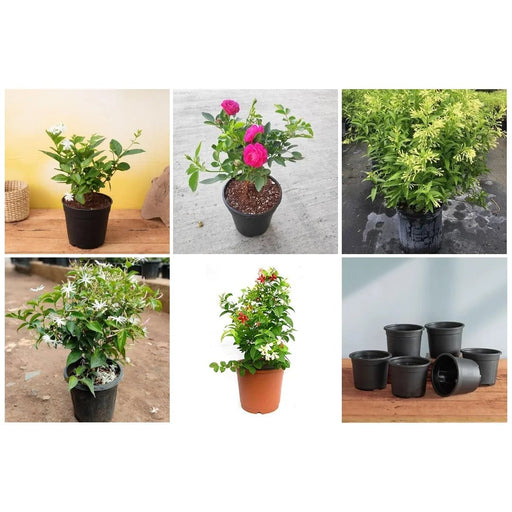
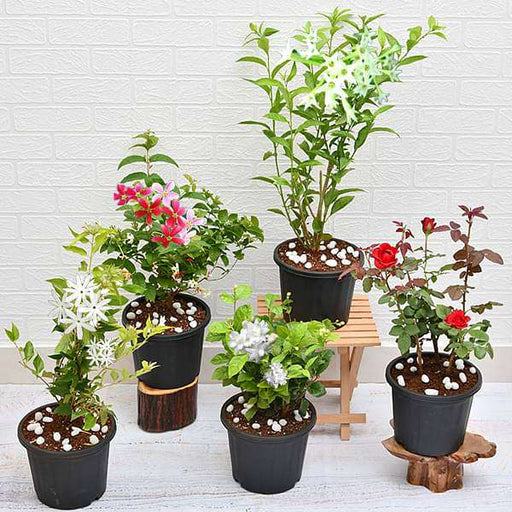 Save 30%
Save 30%
5 Best Fragrant Plants Transform your garden or indoor space into a fragrant paradise with our curated selection of the 5 Best Fragrant Plants. Th...
View full details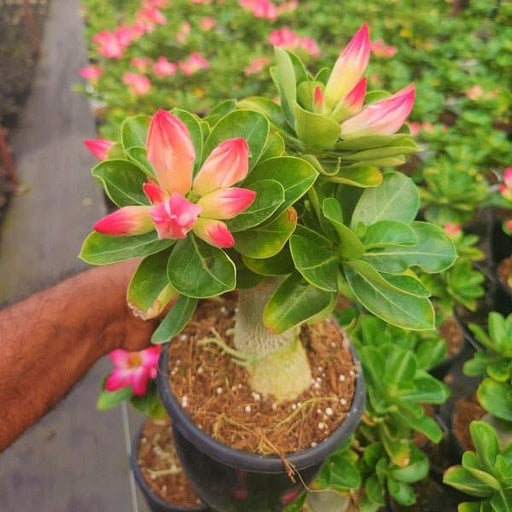
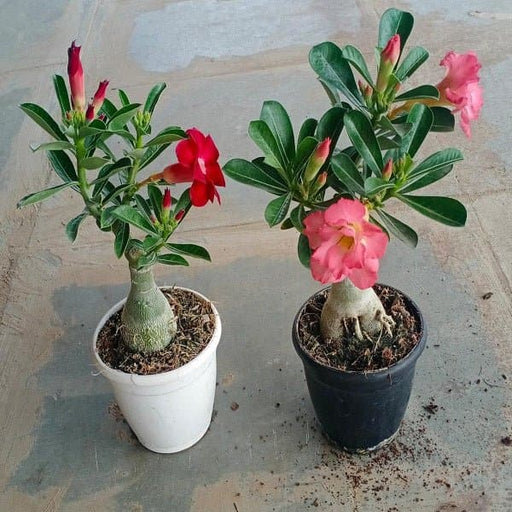 Save 24%
Save 24%
Set of 2 Bonsai Looking Grafted Adeniums Transform your indoor or outdoor space with our exquisite Set of 2 Bonsai Looking Grafted Adenium...
View full details Save 45%
Save 45%
Top 4 Die Hard Succulents Pack Transform your indoor or outdoor space with our Top 4 Die Hard Succulents Pack, featuring a curated selecti...
View full details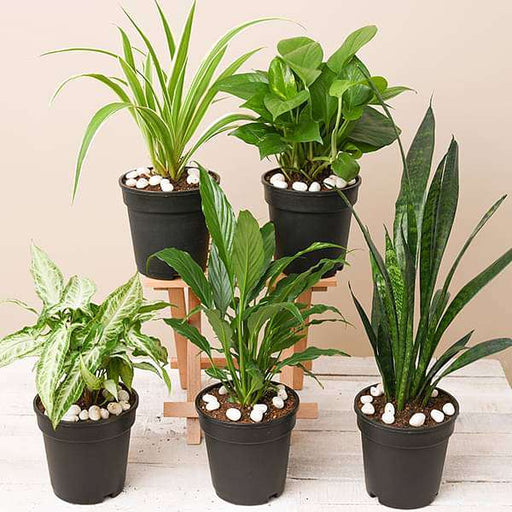
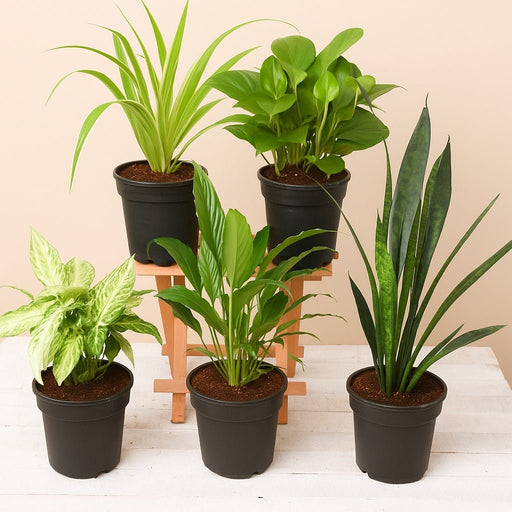 Save 30%
Save 30%
5 Best Indoor Plants Pack Transform your living space into a lush oasis with our '5 Best Indoor Plants Pack.' This carefully curated collection fe...
View full details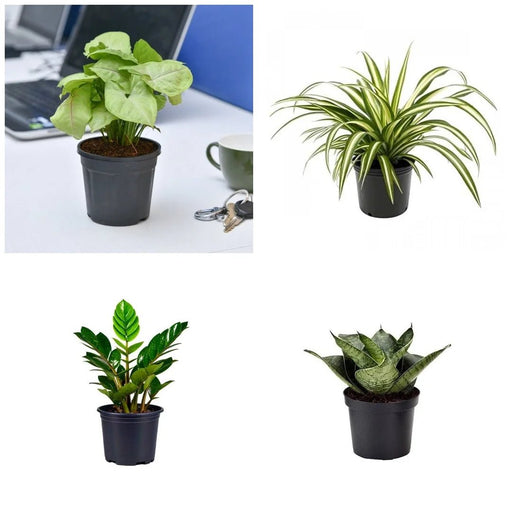
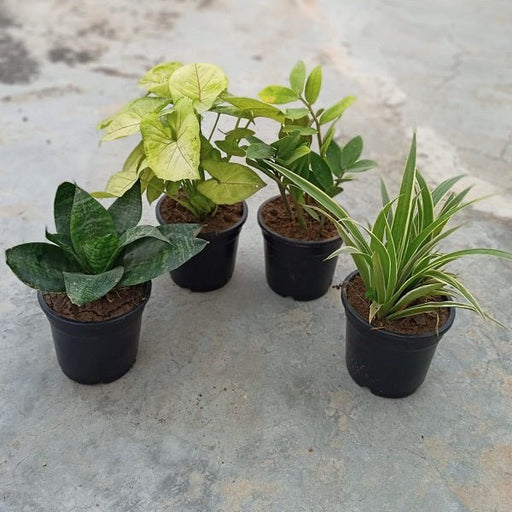 Save 25%
Save 25%
Set of 4 Evergreen Air Purifier Plant Pack Transform your indoor space into a lush, green oasis with our Set of 4 Evergreen Air Purifier Pla...
View full details| SrNo | Item Name | Qty |
|---|---|---|
| 2 | Bird Nest Fern, Asplenium nidus Plant in 5 inch (13 cm) Pot | 1 |
The Bird Nest Fern, scientifically known as Asplenium nidus, is a stunning tropical plant that captivates with its lush, wavy fronds resembling a bird's nest. Native to the humid rainforests of Southeast Asia, this epiphytic fern thrives in warm, shaded environments, making it a perfect addition to indoor spaces. Its unique rosette shape and vibrant green foliage not only enhance aesthetic appeal but also improve indoor air quality, making it a popular choice among plant enthusiasts.
What makes the Bird Nest Fern special is its ability to adapt to various light conditions while maintaining its striking appearance. Unlike many ferns, it does not require soil to grow, as it can thrive on other surfaces like tree bark or rocks. This adaptability, combined with its low maintenance needs, makes it an ideal choice for both novice and experienced gardeners.
One of the special features of the Bird Nest Fern is its unique reproductive strategy. Instead of producing spores like most ferns, it reproduces through small clusters of spores located on the underside of its fronds, which can be collected and propagated. This fascinating characteristic adds to its allure as a houseplant.
Asplenium nidus plays a vital role in its ecosystem by providing habitat and food for various insects and birds. Its ability to purify the air contributes positively to indoor environments, making it a sustainable choice for eco-conscious consumers.
If you think caring for a Bird Nest Fern is like raising a pet rock, think again! This leafy diva thrives on humidity and indirect light, making it the perfect plant for those who enjoy a little drama in their lives. Just remember, overwatering is a no-no; treat it like a high-maintenance friend who only wants to be pampered, not drowned.
The Bird Nest Fern isn’t just a pretty face; it’s a green superhero! This plant purifies the air, making your home feel fresher than a morning breeze. Plus, it’s known to boost your mood—who wouldn’t feel happier surrounded by lush greenery?
Want to elevate your interior design game? The Bird Nest Fern is your secret weapon! Its unique rosette shape and vibrant green leaves add a touch of elegance to any room. It’s like the fashionista of the plant world, effortlessly turning heads.
If your home resembles a cave more than a sunlit paradise, fear not! The Bird Nest Fern thrives in low light, proving that even the shadiest spots can be stylish. It’s the perfect companion for those who prefer a more laid-back lifestyle—no sunbathing required!
This fern is a humidity hog, and it wears that title with pride! If you live in a dry climate, consider investing in a humidifier or misting your fern regularly. It’s like giving your plant a spa day—who wouldn’t want that?
New to the plant parent game? The Bird Nest Fern is a fantastic starter plant! It’s forgiving, low-maintenance, and doesn’t require a PhD in botany to keep alive. Just remember to give it some love, and it’ll reward you with lush foliage.
Bring a slice of the tropics into your home with the Bird Nest Fern! This plant is like a mini-vacation for your living room, offering a lush, green vibe that transports you to a rainforest. Who needs a plane ticket when you have this beauty?
Want to keep your Bird Nest Fern thriving? Keep it away from direct sunlight, water it when the top inch of soil is dry, and give it a little love every now and then. It’s like a relationship—communication is key!
The Bird Nest Fern is not just a pretty face; it’s also an air-purifying powerhouse! It filters out toxins and improves air quality, making it a must-have for health-conscious plant lovers. Breathe easy knowing your fern has your back!
Tired of the same old houseplants? The Bird Nest Fern stands out with its unique shape and texture. It’s like the quirky friend in your social circle—always bringing something different to the table!
Want to showcase your Bird Nest Fern like the star it is? Try placing it in a decorative pot or hanging it in a macramé holder. It’s all about the presentation, darling! Make your fern the centerpiece of your plant collection.
Keeping your Bird Nest Fern happy is easier than you think! Just remember to dust its leaves occasionally and check for pests. It’s like giving your plant a little TLC—because even ferns deserve a pampering session!
The Bird Nest Fern, scientifically known as Asplenium nidus, is a tropical beauty that resembles a bird's nest—hence the name! With its lush, wavy fronds, it’s the perfect plant for those who want to add a touch of the rainforest to their home without the risk of encountering a parrot.
Caring for your Bird Nest Fern is as easy as pie—if pie were a low-light, humidity-loving plant! Keep it in indirect sunlight, water it when the top inch of soil is dry, and mist it occasionally. Just remember, it prefers a cozy, humid environment, not a sauna!
Absolutely! The Bird Nest Fern thrives in low light, making it the perfect companion for those dimly lit corners of your home. Just don’t expect it to grow like a weed; it’s more of a slow and steady type, like a tortoise in a race against a hare.
Water your Bird Nest Fern when the top inch of soil feels dry—think of it as giving your plant a refreshing drink after a long day. Just avoid drowning it; this fern prefers to sip, not gulp. Overwatering is a surefire way to turn your lush green friend into a soggy mess!
Your Bird Nest Fern craves well-draining, organic soil—think of it as the gourmet meal of the plant world! A mix of potting soil, peat, and perlite will keep it happy and healthy. Just remember, it’s not a fan of heavy clay; it prefers to keep its roots nice and airy.
Yes, your Bird Nest Fern will appreciate a little extra love in the form of fertilizer! Feed it with a balanced liquid fertilizer every month during the growing season. Just don’t overdo it; too much fertilizer can turn your fern into a hyperactive plant that can’t sit still!
Propagation of the Bird Nest Fern is a bit tricky, but not impossible! You can try dividing the plant during repotting, ensuring each section has roots. Just remember, patience is key; it’s not like cloning a plant in a sci-fi movie. Give it time to grow into its new home!
Good news for pet parents! The Bird Nest Fern is non-toxic to cats and dogs, so you can let your furry friends roam freely without fear of a botanical disaster. Just keep an eye on them; while it’s safe, that doesn’t mean they won’t try to use it as a chew toy!
Repotting your Bird Nest Fern is like giving it a new apartment! Choose a pot that’s one size larger, gently remove the plant from its old home, and place it in fresh soil. Just be careful with those roots; they’re delicate, and you don’t want to send your fern into a panic!
Your Bird Nest Fern can attract pests like spider mites and mealybugs, but don’t worry; they’re not the end of the world! Regularly inspect your plant and wipe down the leaves with a damp cloth. If pests invade, a gentle insecticidal soap will send them packing without a fuss.
Yes, the Bird Nest Fern can thrive outdoors in warm, humid climates! Just make sure to place it in a shady spot, away from direct sunlight. If you live in a cooler area, consider it a houseplant superstar instead. It’s not a fan of frost; it prefers to keep its feathers warm and cozy!